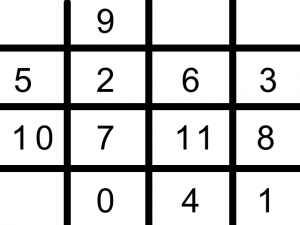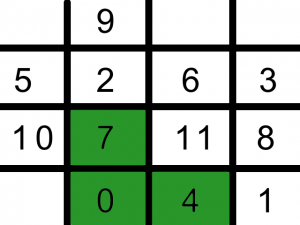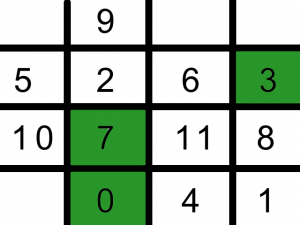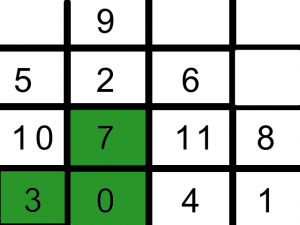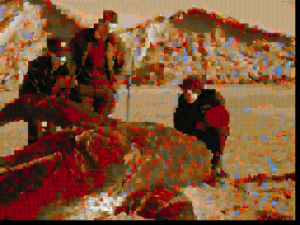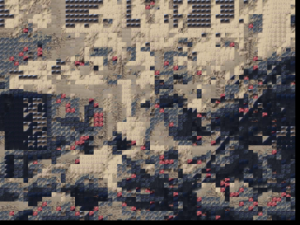I’ve backed another thing on kickstarter, the OWL.The OWL is an open source, open hardware, reprogrammable effects pedal designed for musicians, coders, and hackers. While this in itself is very exciting they also have a competition where you can win an extra OWL pedal. The only thing you have to do is to make a program/patch for the pedal in the simulator. This was very fun.
It’s here for you you to listen to: http://soundcloud.com/hoxtonowl/sets/patch-contest my patch’s name is Conny, and you know my name 🙂
I’m not totally sure on how to vote or tell the judges how much you like any of the different patches, but the competition page is here.
[code]
#ifndef __ConnyPatch_hpp__
#define __ConnyPatch_hpp__
#include “StompBox.h”
/* Conny Patch
Made by me, Johan Larsby
Conny was a dog I used to know. He was some sort of mongrel breed that no-one could really pin out what it was. Mostly we think he was a poodle/bulldog mix. But there had to be more in there.
Anyways I wanted to make a distortion that reminds of him, and what better then to mix two different distortions into something new?
The first dist is a variant of a classic waveshaper. I’m sure a gazillion variants can be found around the internet. I borrowed inspiration from www.musicdsp.org
The second dist is really an adaption of a one-line music program that you can read more about here (http://www.larsby.com/johan/?p=1036) but instead of incrementing “t” I use the input sound after some int’ing. There will also be some bit-crunch since.
The A param controls the amount of the first dist.
The B param controls the amount of the second dist.
The C param adds gain to dist2 since I thought it was not LOUD enough
The D param is a wet/dry param.
*/
class ConnyPatch : public Patch {
public:
/* The clip function works to sanitize the data if it’s to big (could happen) it’s cut down to size*/
float clip(float in)
{
if (in > 1.0)
return 1.0;
else if (in < -1.0)
return 1.0;
return in;
}
void processAudio(AudioInputBuffer &input, AudioOutputBuffer &output){
int size = input.getSize();
//Dist 1’s parameter, needed to sanitize by *0.9 or the filter would be quiet. also the waveshaper wants a specific range.
float paramA = getParameterValue(PARAMETER_A)*1.0;
//—float dist1_amount = 2.0*paramA/(1.0-paramA);
float dist1_amount = paramA;
//Dist 2’s parameter, since it’s a bit shift distortion we needed to move the value to an int
float paramB = getParameterValue(PARAMETER_B);
int paramB_int = int(paramB*5.0);
// Gain, you can make the sound 100% louder then it was, but never quiter.
float paramC = (getParameterValue(PARAMETER_C)*2.0)+1.0;
//Dry/wet.
float paramD = getParameterValue(PARAMETER_D);
//Getting the number of samples in the inputstream
float* buf = input.getSamples();
//main loop, let’s have some fun
for(int i=0; i<size; ++i) { //unless we have a silent stream, let’s do some processing. if(buf[i]!=0.0) { // “classic” Waveshaper float dist_1 = (1.0+paramA) * ((buf[i] – paramA) * (((pow (buf[i],buf[i])))*paramA)*abs(buf[i])); // “modern” waveshaper int t= (buf[i]+1.0)*10000; float dist_2 = (t&(-t>>paramB_int)) | ((t<<paramB_int)&(t>>(paramB_int*2))) ;
//moving back to float
dist_2 = (dist_2/10000.0)-1.0;
// this line add’s togheter the dist’s and the dry signal depending on param d. it also add’s gain to dist_2
buf[i] = clip(paramD*(dist_1+(dist_2*paramC)) + ((1.0-paramD)*buf[i] ));
}
}
//give the buffer back so we can hear the beauty.
output.setSamples(buf);
}
};
#endif // __ConnyPatch_hpp__
[code>]
